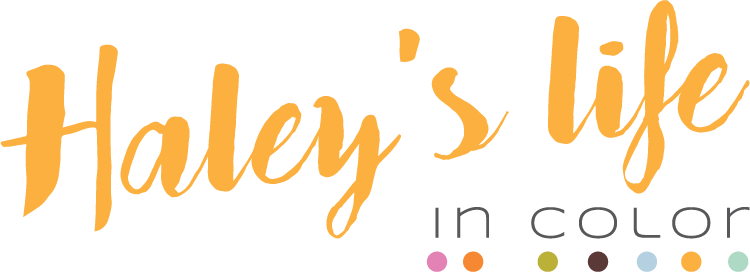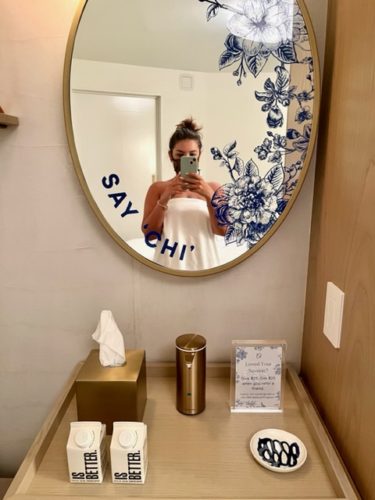The retail price of insulin increased 262% from 2007 to 2018, a 2020 investigation reports.
Honestly, I could stop my post here with that unfathomable stat. But, of course, I won’t.
Let’s back it up for a moment and look at some crucial facts:
- Out of 34 million diabetics in the US, 1.6 million of them have Type 1 (also known as “insulin-dependent diabetes”)
- Other types of diabetes, including Type 2, gestational, MODY and LADA, require insulin in many cases as well
- Diabetes is the seventh leading cause of death in America
Here’s the thing: every human requires insulin to live—not just diabetics! The only difference between able-bodied people and T1Ds is that T1Ds can’t produce insulin themselves, so they must inject it in order to stay alive. I feel like a broken record saying this, but as a reminder, there is nothing that can be done to prevent or cure Type 1 diabetes. So you can imagine how frustrating it is when I see comments on Twitter from non-diabetics saying that those of us who need insulin “deserve what we get,” “are just fat and lazy,” etc. Sorry, folks—we all need insulin.
Now back to cost. The United States has the highest priced insulin of any country in the world…by far.
Twenty years ago, insulin in the US cost just $20 per vial. Today, it costs about $250 per vial—for the same formula that was invented over a hundred years ago and still only costs a few dollars to produce.
For context, most Type 1 diabetics use between two and four vials of insulin per month. That means an average cost of $500-$1000 per month. While I go through about one to one-and-a-half vials per month at the moment, some people go through a few vials per week. My insulin needs will likely increase the longer I have T1D and the older I get.
To quote human rights lawyer Qasim Rashid, “It costs about $70 to produce an entire year’s supply of insulin. Yet the average annual cost of insulin went from $2,864 in 2012 to $12,000 in 2022. That’s a 17,142% markup.”
Insulin was discovered in 1921 in Toronto by Dr. Frederick Banting who sold the patent for just $1. Yes, you read that right—one dollar. He famously said, “insulin doesn’t belong to me, it belongs to the world.”
Fast forward to today, and the only three manufacturers that make insulin (Eli Lilly, Novo Nordisk, and Sanofi) clearly do not have the same thought process as Dr. Banting.
A recent study done by Yale University found that one in four insulin-dependent diabetics are forced to ration insulin—leading to death.
Additionally, Forbes reported that four out of five Americans with diabetes have gone into debt to pay for insulin.
Rationing insulin—lowering the amount of insulin injected in order to save insulin and money—leads to a condition called diabetic ketoacidosis. It’s when a person’s blood becomes so acidic that it causes the body to stop functioning. Several folks in the diabetic online community (DOC) have said that diabetic ketoacidosis, or DKA, is the most pain they’ve ever experienced in their lives. It is an excruciating way to die.

Alec Smith-Holt had turned 26—and therefore aged out of his parents’ insurance plan—just one month before he died from insulin rationing. Devastatingly, most of the deaths I’ve heard about have been at similar ages and in similar circumstances: twenty-somethings who didn’t want to or couldn’t reach out to their loved ones for help and rationed their insulin in secret.
Insulin-dependent diabetics like me typically rely on private insurance, which is tied to full-time employment in the US. Along with others in my position, I often fear losing my job because of this. I haven’t been able to work freelance, take a break between jobs, or accept a job offer without asking for specific information about health insurance plans and time to research costs. People have gotten married to their partners unceremoniously and earlier than they’d like so that they can take on a better insurance plan. There’s even a movie on Netflix about that right now called Purple Hearts, where a T1D marries a military man so she can rely on his government-provided benefits.
Other ways diabetics get insulin is through GoFundMe pages, crossing the border into Canada or Mexico, or requesting mutual aid online. My Twitter feed is often flooded with desperate pleas for insulin. I’ve sent a stranger a vial of insulin—leaving myself with less for the month—because he couldn’t afford it. It’s illegal to do so, so the community often uses code words or blanks out certain information.
The above prices don’t even factor in the cost of other diabetes supplies: pumps and pump supplies; needles or pens and pen needles; continuous glucose monitor sensors, receivers, and transmitters; blood sugar meters and test strips; adhesives for medical devices; ketone strips; juice, glucose tabs or other low blood sugar supplies; glucagon; batteries and chargers for devices; alcohol wipes, etc. The list (and cost) is endless.
So, why has this crisis only reached the news in recent weeks? Because Senate Republicans blocked the $35 copay cap on insulin as part of the Inflation Reduction Act.
It’s important to note that this copay cap was NOT a price cap. It would only have helped those with private insurance—not the uninsured, who are the hardest hit diabetics and those most likely to ration insulin.
However, it still would’ve been a step in the right direction. Instead, the shutdown of the copay cap felt like a slap in the face to diabetics everywhere.
To clarify, I called out Republicans because the only senators that voted against the cap were Republicans, but I will also mention that Democrats have yet to introduce legislation to cap retail prices on insulin, either.
One of the scariest parts of this is that several of the senators that blocked the bill receive tons of money from Big Pharma. For example, Senator Todd Young of Indiana has taken over $137,000 in donations from insulin giant Eli Lilly since 2009. How that is legal is beyond me.
Blame for the insulin crisis can be shared between Big Pharma, insurance companies and pharmacy benefit managers (think: Express Scripts and CVS Health) and the government, who has yet to put pricing pressure on manufacturers that have a monopoly on insulin.
Most other countries have a single-payer healthcare system that avoids the middlemen and therefore keeps cost in check.
For more information, visit T1International and follow the hashtag #Insulin4All on social media.
Colorfully—and frustratedly—yours,
Haley
Thank you to my friend Melissa for suggesting I write this post! I sometimes find it hard to toe the line between informing and oversharing—I want able-bodied people to know about the T1D struggle, but I also don’t want to bore people. I love hearing feedback from you guys about this! Thank you so much for reading.




